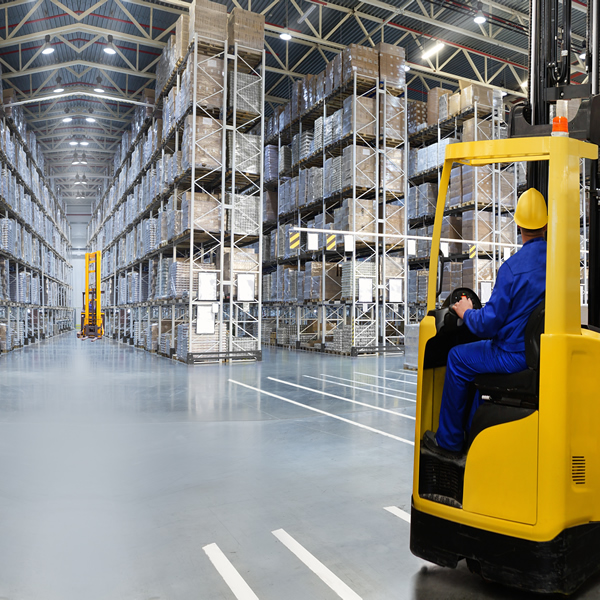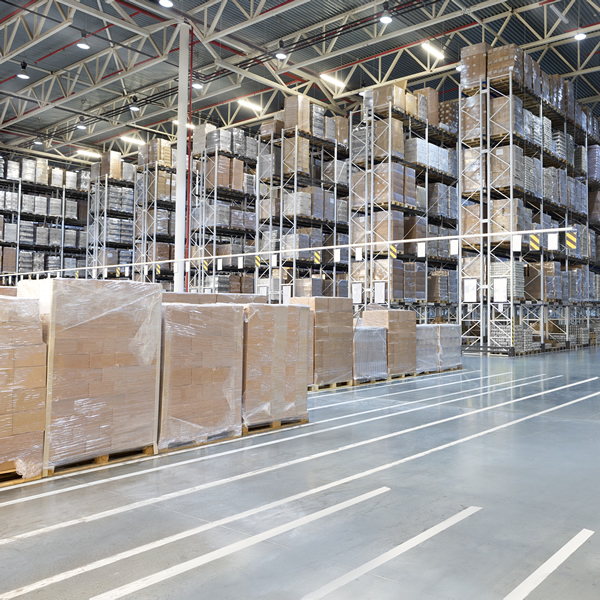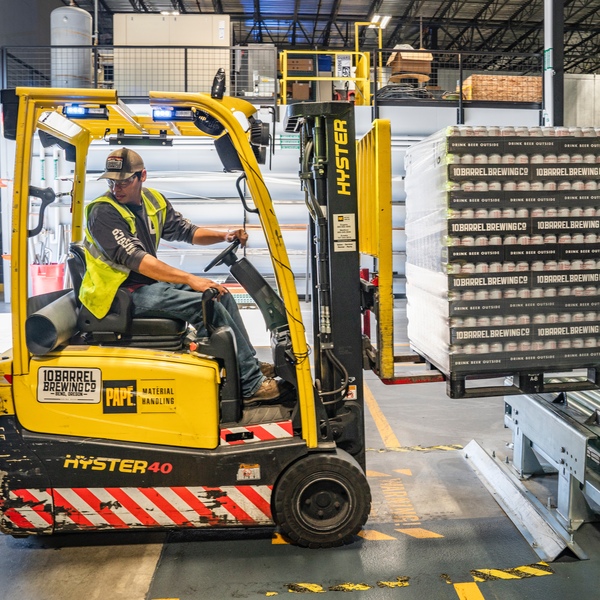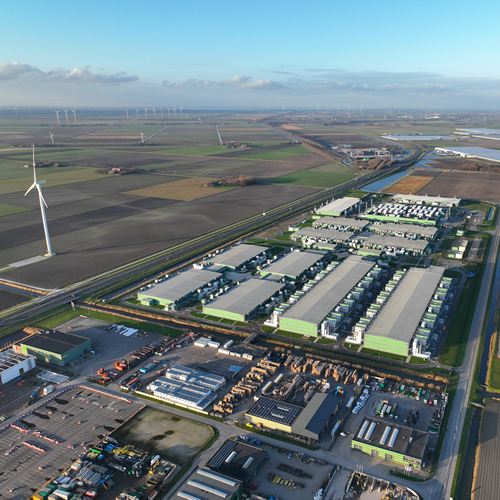All this means that the logistics sector, and more importantly the warehouses that underpin it, are more vital to our economy than ever before. Research from Savills notes in the 2021 UKWA report that for every extra £1 bn spent online, a further 775,000 sq ft of warehouse space is needed to meet the new demand. And as the need for warehouse space increases, there are additional fire safety factors that need to be considered for the responsible person.
Warehouse fires have the potential to be devasting, posing a threat to life, destroying business operations and be detrimental to the supply chain. In 2019, 200 firefighters battled through the night to control a huge fire which swept through an Ocado warehouse fire in Hampshire. The robotics warehouse, where 30,000 orders were processed each week had to suspend operations and customers took to Twitter to complain. The warehouse has since reopened and is now even bigger, sitting at 217,000 square feet it fulfils 60,000 direct to customer orders per week when at full capacity – but the fire came at great cost to the retailer with share price dropping by 6% at the time.
What causes warehouse fires?
A key issue facing the UK warehousing sector is lack of land not coming forward for development due to the pressure on Local Authorities by the Government to build more homes. So, with demand for online shopping growing, the knock-on effect means developers and operators are looking at old spaces, adapting and scaling existing, industrial properties to satisfy the demand.

















